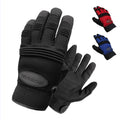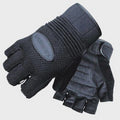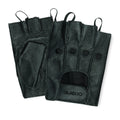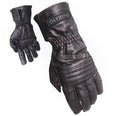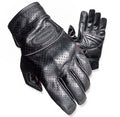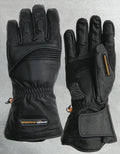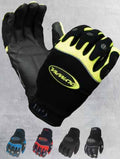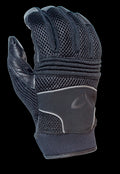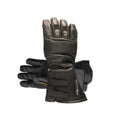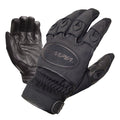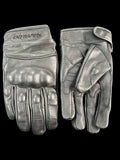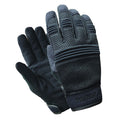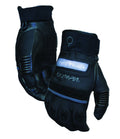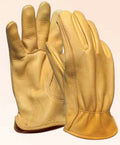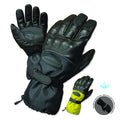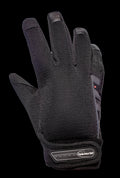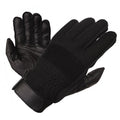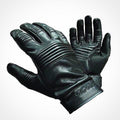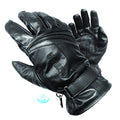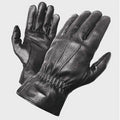Get A Grip! Manufacturing Gloves With Better Grip And Durability
Posted by ROGER HEUMANN
Your glove brand should deliver on the key performance characteristics that matter most to your end user, and enhance his or her product experience.
As glove manufacturers and designers, our goal is to help you do this, by raising the bar on glove performance, within your budget.
With careful materials selection and design, you can incorporate added performance features and maintain margins, too.
Today, we offer advice on improving grip and durability.
Get a Grip: How to Design Gloves with Better Grip and Durability
Two of the most critical characteristics that we have to achieve with our choice of materials and design are enhanced grip and durability.
Glove designers have an ever-changing landscape of materials to choose from. Our materials suppliers constantly innovate and improve. The trick is to determine the right combination within a budget.
This is especially true when it comes to choosing materials and designing gloves with enhanced glove grip and durability, There are a wide range of options.
The Materials vs. Cost Dilemma
Here’s an example.
Recently, a motosports customer we work with wanted to develop a promotional version of an existing glove — staying within cost parameters was key. The goal was to find less expensive options for grip and durability features.
We redesigned the new promotional style with rubber print grip in place of silicone, and exchanged EVA foam in place of Poron Impact protection, to deliver the needed characteristics and performance, within budget.
Enhanced Applications That Offer Better Grip and Durability
Here’s a guide to a full range of materials and methodologies we commonly use to reduce slip, impact/vibration, abrasion and shear.
1. Anti-slip materials, an important factor in motorsports, active sports and work gloves
- Full palm and palm patch screen print treatments. Most common are dots, grids, stripes and even logo /brand icon printing:
- Silicone
- TPR or “rubber”
- Plastisol
- Carbon fiber
- Surface texture enhancement
- Leather such as Pittard’s Digital is a double process of embossing and brushing creates a 3 dimensional grain
- Polyurethane textured surfaces
- PVC textured surfaces
- Advanced composite materials
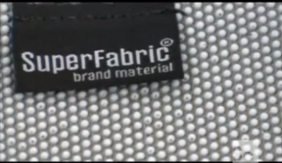
- SuperFabric (14 times more cut resistent than leather)
- Pittard’s IGT (Advanced Grip Technology)
- Nano-particle rubber composite from TYT Technology
2. Anti-shock and vibration, an important factor in Motorsports, snowsports, military/tactical and work gloves
- Poron impact disbursement.
- D3o Impact protection
- ImpactGel
- Decade impact and vibration control
- Silicone gel padding
- EVA foam
3. Abrasion, cut and puncture, important for Military/tactical, public safety and work gloves
- DuPont Kevlar (5 times stronger than steel, pictured above)
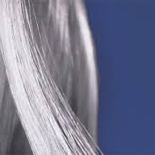
- Honeywell Spectra (lightweight fiber, stronger than steel )
4. Anti Shear (anti blister), important for work gloves
- Liquicell
Need Glove Design Help?
When we begin a new glove design project, our goal is to help you make a top quality glove that looks and feels good, performs as promised, and offers good value to your customer.
To get you started, we offer a free product planning success kit, with helpful tips and resources like a design brief and glove checklist.
But since there are many design choices when it comes to maximizing glove performance, we are also here to help.
If you have any other concerns when manufacturing gloves, we’re a phone call away. To talk to a glove expert, click one of the links below.
For a Glove Consultation
click here
Request A Quote
click here
TAGS:




